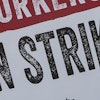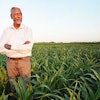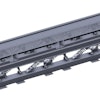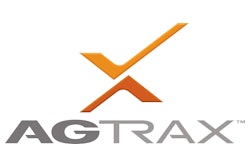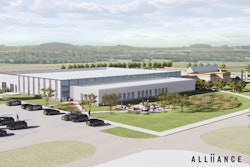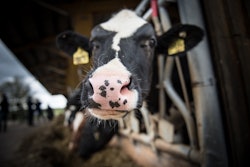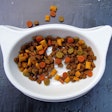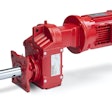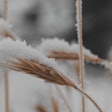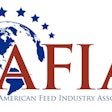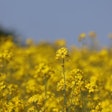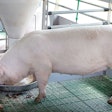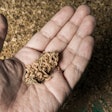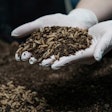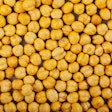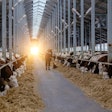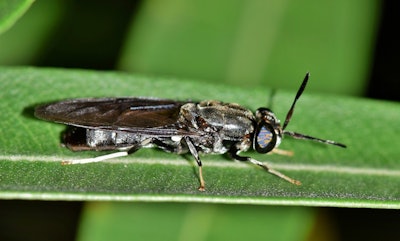
Insectum ApS, founded in 2018 and based in Funen, Denmark, has invented a patent-pending system and method for the rearing ofblack soldier fly larvae.
The system is economical to run and promises to cut the investment requirement of setting up a rearing and processing plant by 80% compared to the complex, inflexible and traditional box-based systems that are the industry standard.
“We are currently in the final stages of validating our second-generation prototype and we hope to begin to operate our first pilot production facility in 2022,” says Rasmus Jarlov, Insectum’s chairman of the board and former minister of business in Denmark.
New system
The rearing system of Insectum is constituted by large, self-ventilating plug-and-play units that are simple to operate and easy to move and transport.
The simplicity and flexibility makes it possible to set up and integrate a production plant next to technologically advanced factories as well as to operate in more remote, rural locations in order to upcycle by-products and waste streams.
Depending on the feed substrate, the harvest output can reach 350 kg of larvae per square meter of production unit per week. To scale up production more units are added.
“The system will revolutionize the production of insect protein and has the potential to contribute significantly to the increase in global output over the next decade,” says Jarlov.
Increased demand globally
According toFAO, the UN organization for food and agriculture, agricultural output of feed, food and biofuel has to more than double in South Asia and sub-Saharan Africa by 2050 in order to meet demand.
In the rest of the world, projected demand increases require a growth in agricultural output by an additional 33% of current levels.
黑人士兵飞幼虫能mak的生产e a major contribution to bridging the demand gap and help reduce the environmental impacts of mega cities, and their food systems, while keeping greenhouse gas emissions low.
Black soldier fly larvae can feed on standard feed grade materials like grain.
They can, however, also feed on bad and discarded crops, food waste, low-value industrial by-products, manure, sludge and carrion turning it into about 116 grams of fertilizer, 170 grams of protein and 130 grams of lipids per 1 kilo of larvae.
These products can be used in food (meatballs, spreads, crackers, bread, snacks), feed (for chicken, pigs, aquaculture, pets) and technical applications (textiles, pharma, biofuel).

